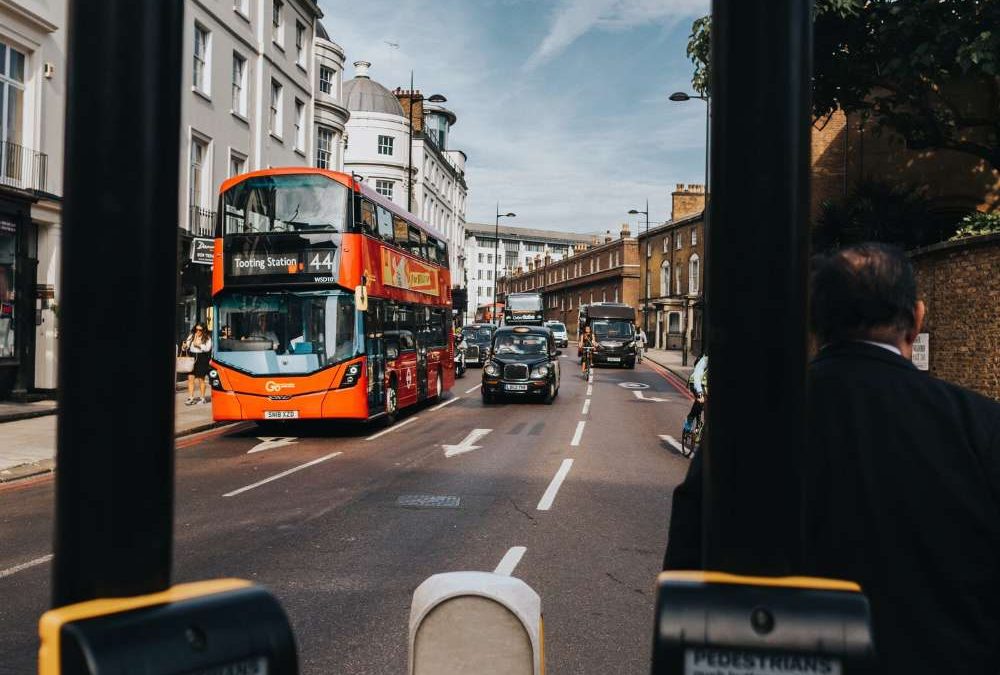Traffic Islands are a Vital Tool for Road Safety
Traffic islands serve a significant role in ensuring the safety of drivers and pedestrians on the roads.
These islands are designed to separate lanes of traffic, facilitate secure pedestrian crossings, and provide a safe waiting area for pedestrians during street-crossing. Additionally, traffic islands aid in traffic control and reducing the potential for accidents.
Typically made from materials like concrete or asphalt, traffic islands are strategically placed in the middle of roads or intersections. They can be either raised or level with the road surface. As a means of separating traffic lanes, traffic islands contribute to the reduction of collision risks and help to moderate vehicle speeds. Moreover, they create a protected space for pedestrians to wait while crossing the street, minimizing the chance of accidents.
Road safety for pedestrians
An integral component of road safety plans, traffic islands play a vital role in the prevention of collisions. By acting as physical barriers between lanes, they effectively decrease vehicle speeds and offer secure waiting areas for pedestrians. Furthermore, traffic islands support the creation of safe pedestrian crossings, resulting in a decreased likelihood of pedestrians being hit by vehicles.
Beyond their role in collision prevention, traffic islands assist in the regulation of traffic flow. The physical division they provide between lanes helps to slow down vehicles and minimize the potential for accidents. Moreover, they establish dedicated lanes for specific types of vehicles, such as buses or emergency vehicles. This not only reduces congestion but also enhances the overall flow of traffic.
Traffic islands also facilitate safe crossings for pedestrians. By acting as physical barriers, they effectively reduce the risk of pedestrians being struck by vehicles. Additionally, traffic islands can be used to designate specific lanes for pedestrians, decreasing the probability of accidents and ensuring the safety of pedestrians.
Moreover, traffic islands can be utilized for creating exclusive lanes for cyclists, contributing to reducing the chances of cyclists being involved in accidents with vehicles.
Improved traffic flow
Another advantage of traffic islands is their ability to establish designated lanes for particular types of vehicles, such as buses or emergency vehicles. This helps to alleviate traffic congestion and improve traffic flow, contributing to overall road safety. Furthermore, they can also designate lanes for cyclists, further enhancing road safety in this regard.
Overall, traffic islands play an indispensable role in keeping drivers and pedestrians safe on the roads. By establishing physical barriers between traffic lanes, they reduce the risk of collisions, facilitate safe pedestrian crossings, and provide sheltered waiting areas for pedestrians. Additionally, traffic islands aid in traffic flow control, resulting in reduced collision risks. Incorporating traffic islands into road safety plans is crucial, as they serve as an important tool in safeguarding the well-being of drivers and pedestrians alike.
















